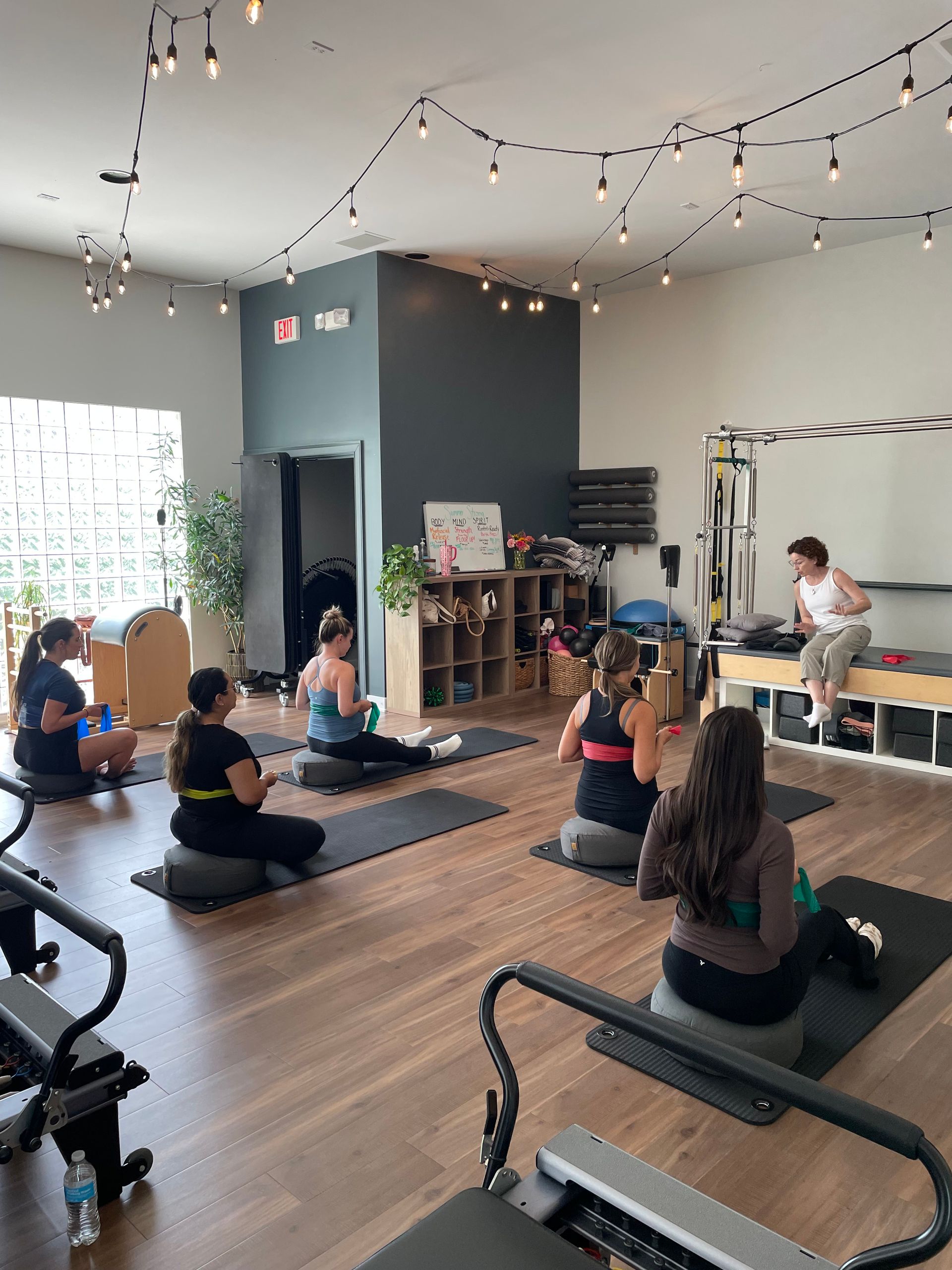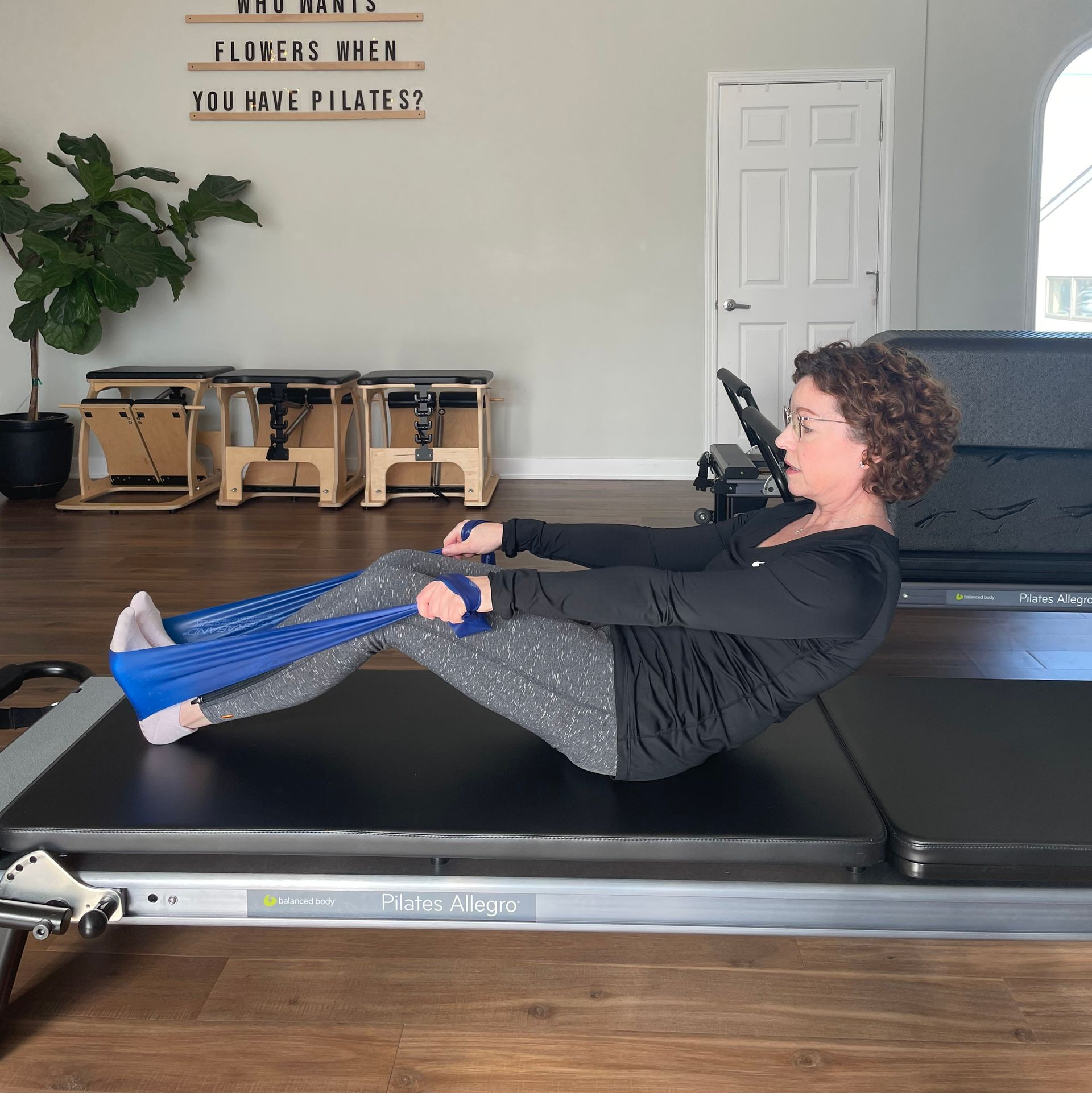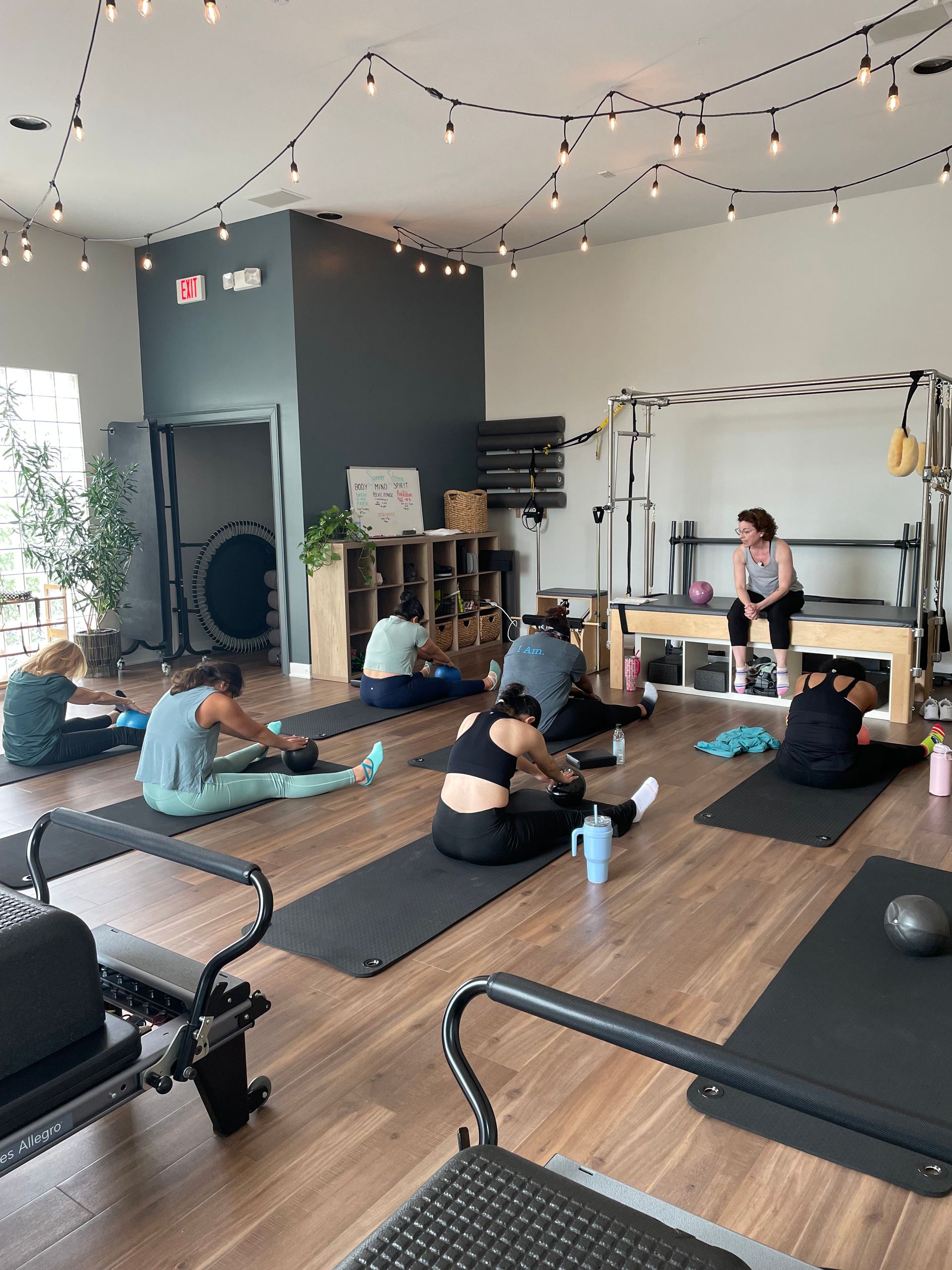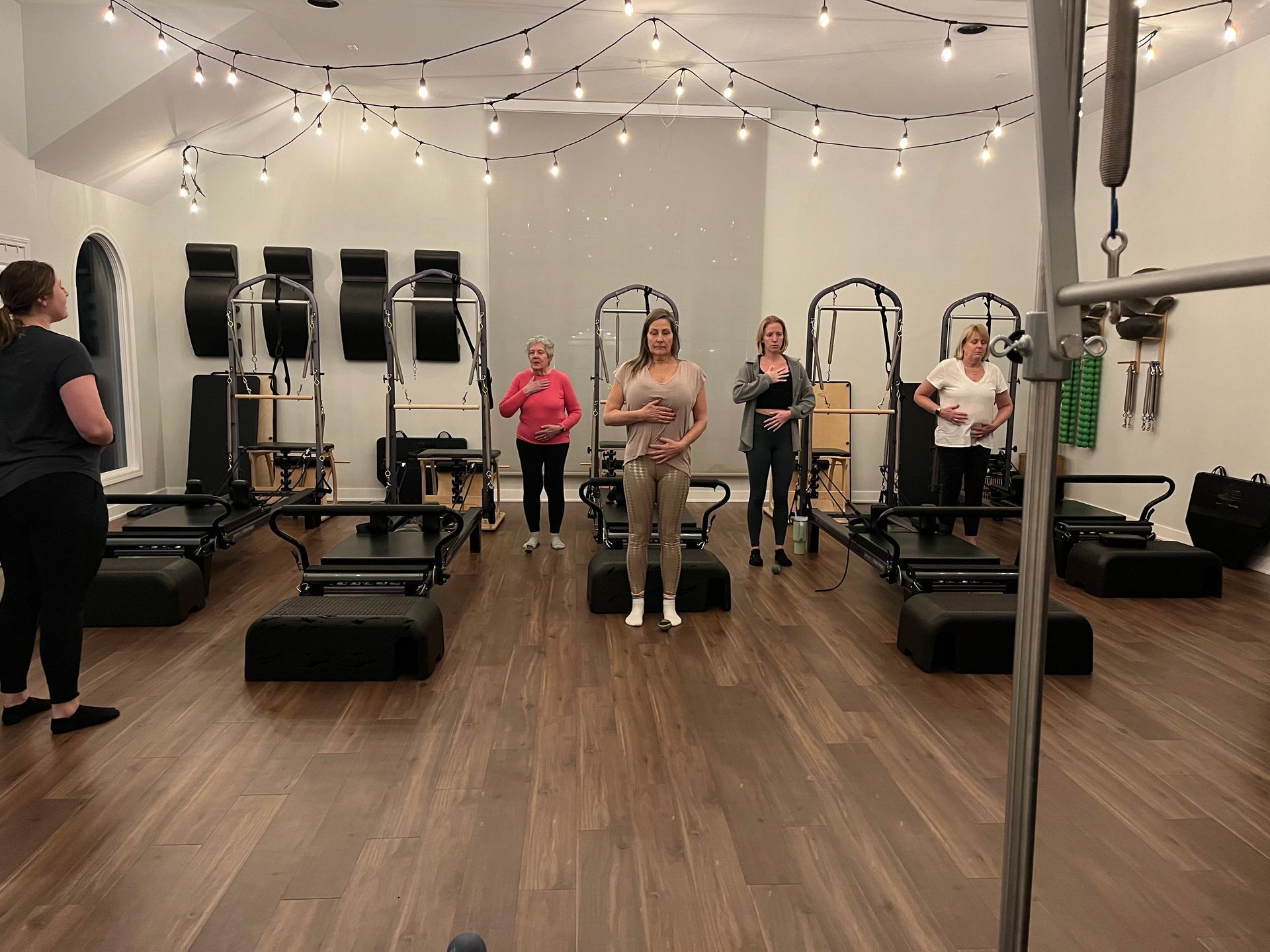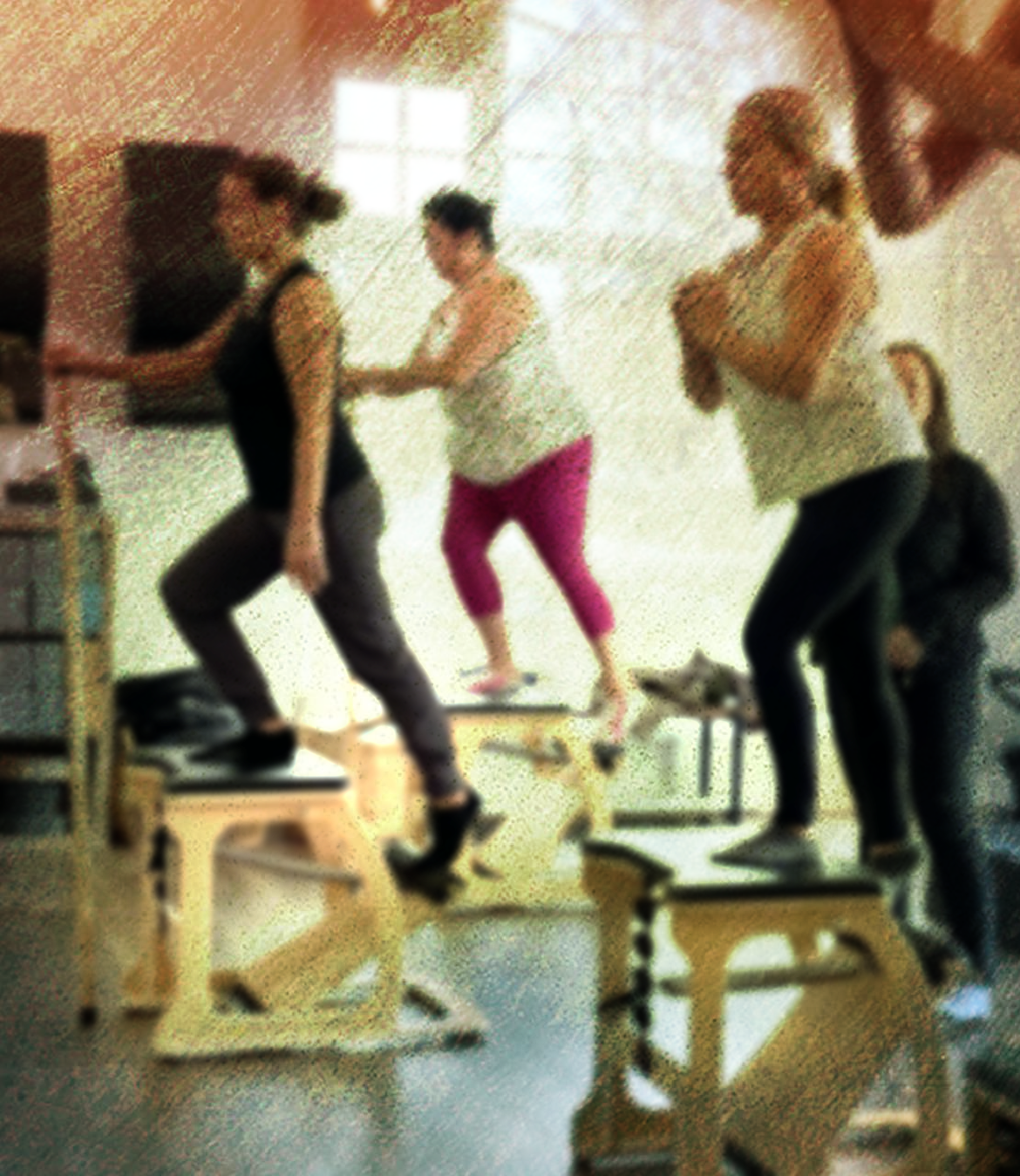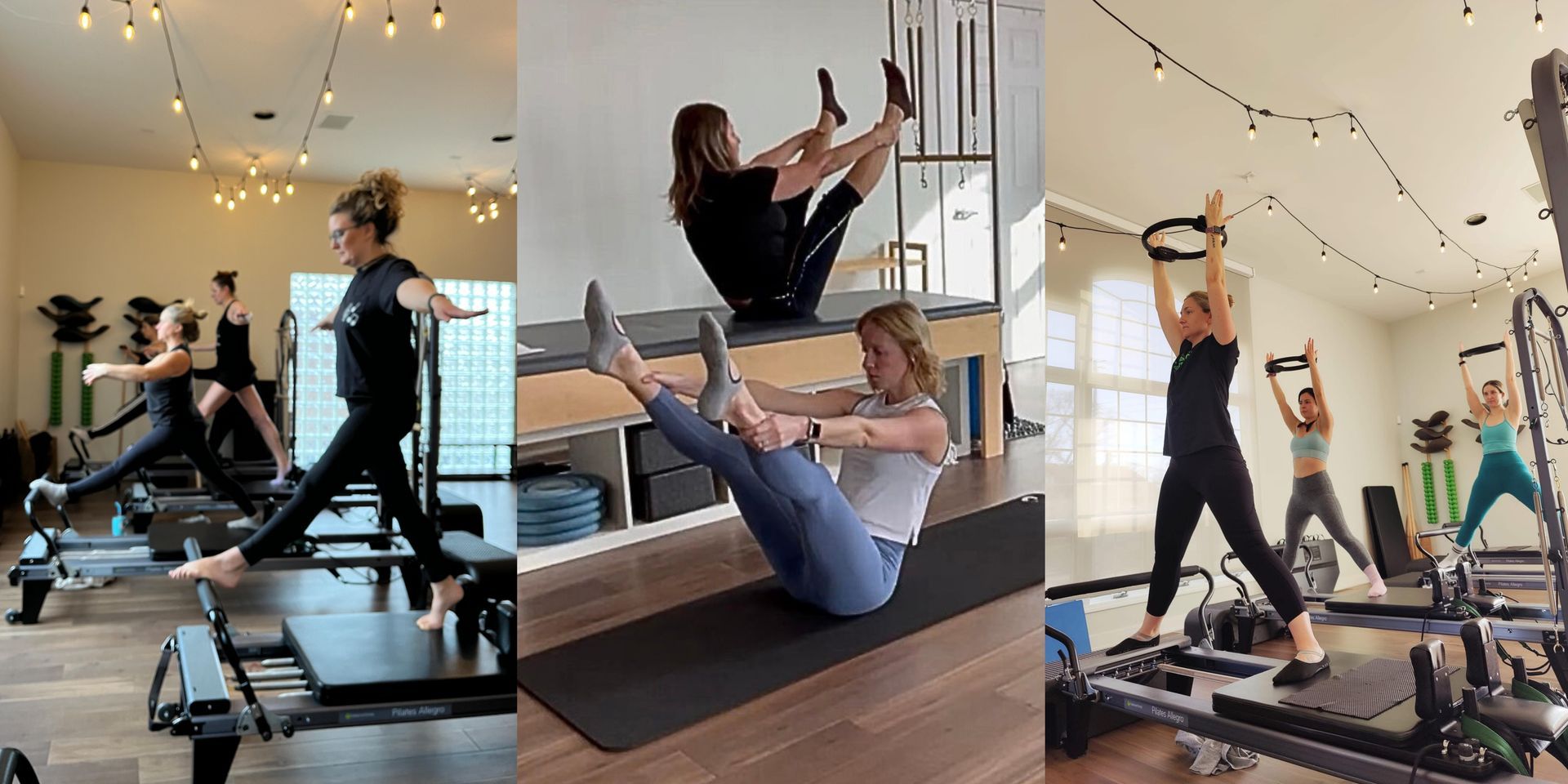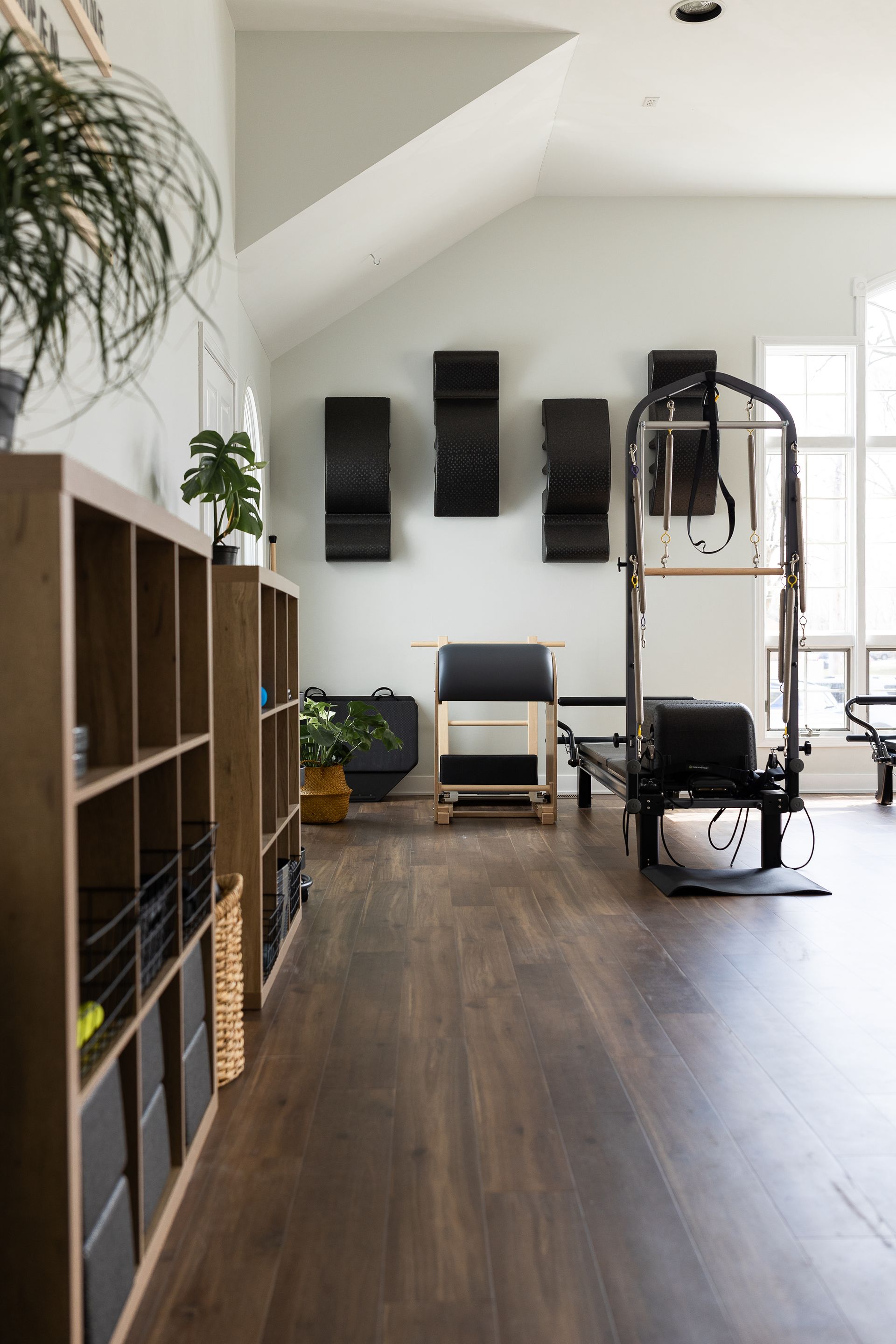Pilates For Balance And Posture
Often thought of as “just another workout”, a Pilates session, whether a group class or a Private session, is more; it’s a true path to better balance and posture. Although many may wonder how this type of exercise can aid in foundational body movement, how does it help with balance and posture? When practiced regularly, posture naturally begins to improve as Pilates strengthens the muscles supporting the spine, which will lead to better overall alignment and posture. Join us as we dive into how Pilates helps with balance and posture for all levels of practice.
Understanding Pilates: The Foundation Of Balance And Posture
As you may already know, Pilates not only emphasizes the mind-body connection but also enhances everyday movement and promotes body alignment and overall body awareness. This focus on alignment is key to improving posture and balance.
Concentration and control are integral parts of building a strong foundation with Pilates, and these principles help those who practice maintain proper alignment and stability not only during the Pilates practice, but also during daily activities.
Here's what makes Pilates a powerful practice for balance and posture:
- Core Focus: Strengthens deep abdominals and stabilizing muscles.
- Controlled Movements: Encourages precision and fluidity.
- Mindful Breathing: Supports concentration and relaxation.
- Alignment Awareness: Promotes correct posture for spinal health.
Through regular practice, Pilates can help correct muscle imbalances and enhance flexibility. This makes it an effective exercise for improving posture and reducing the risk of falls. Because Pilates is adaptable to all fitness levels, it is accessible and whether on a mat or using specialized equipment, the focus remains the same: building a balanced and aligned body. Furthermore, a previous study reported that the practice of Pilates twice a week for 30 sessions in healthy adult women improved dynamic balance, postural habits in picking up objects from the floor, and postural balance of the sagittal trunk.
How Pilates Improves Posture
So knowing that Pilates can help with posture is key, but how is this achieved? This is primarily achieved by targeting the core muscles that support the spine and stabilizing the body. When your core is strong, it naturally supports better posture, as your abdominal, back, and pelvic floor muscles work together to align your spine. Regular engagement of these muscles through Pilates exercises can prevent slumping and maintain a straight back. The result is a confident, upright posture that reduces fatigue and strain.
Here are some ways Pilates helps improve posture:
- Strengthens Core: Supports the alignment of the spine.
- Encourages Proper Alignment: Reduces the risk of injury.
- Enhances Flexibility: Allows for a greater range of motion.
- Corrects Muscle Imbalances: Ensures even muscle development.
Breathing techniques in Pilates also play a crucial role in improving posture, and deep, focused breathing helps in maintaining focus and enhances concentration during exercises, further promoting alignment. Pilates can also alleviate tension in areas prone to strain, such as the shoulders and neck, which, if you work with a computer, you know can be an issue. But posture isn't the only area that Pilates benefits the human body.
The Role of Pilates in Enhancing Balance
Pilates is not only great for posture but also crucial for balance. Through controlled movements, Pilates strengthens muscles needed for stability, and this increased stability directly contributes to improved balance. Coming from a strong core, balance in Pilates is aided by exercises that focus on strengthening the abdominals, lower back, hips, and glutes. Together, these muscles create a stable base for movement and posture. Mindfulness also plays a crucial role in achieving balance through Pilates. By focusing on the mind-body connection, Pilates practitioners can better sense the body's ability to sense its position in space, crucial for maintaining balance. This sensing of movement is also called proprioception, and can be affected when injuries occur.
Some key benefits of Pilates for balance include:
- Improves Core Stability: Essential for keeping steady.
- Enhances Coordination: Encourages precise movements.
- Boosts Flexibility: Leads to a greater range of motion.
- Develops Proprioception: Increases spatial awareness.
These exercises often incorporate standing positions and dynamic movements, challenging your balance and strengthening stabilizing muscles. As a result, regular practice can help prevent falls and improve overall physical confidence. By integrating Pilates into their routine, individuals can enjoy the dual benefits of enhanced balance and posture.
Key Principles of Pilates for Balance and Posture
Pilates is grounded in several key principles that are essential for improving balance and posture. These principles guide each exercise and movement, ensuring they are effective and safe. The practice emphasizes concentration, which involves being fully present and aware during exercises. This focus helps improve posture by ensuring proper alignment. Control is another core principle, ensuring movements are smooth and deliberate, contributing to balance. A deep understanding of these principles can enhance the benefits of Pilates for balance and posture. Key principles include:
Concentration: Focus deeply on each move.
Control: Execute movements with precision.
Centering: Engage the core during exercises.
Flow: Maintain smooth transitions between positions.
Precision: Prioritize accuracy over speed.
Breathing: Use breathing to aid movement and focus.
By incorporating these principles, practitioners can achieve greater improvements in balance and posture.
Essential Pilates Exercises for Better Posture
Pilates offers specific exercises designed to enhance posture. Regular practice of these can strengthen the muscles that support the spine, leading to noticeable improvements in how you carry yourself.
The Plank
A fundamental Pilates exercise that builds core strength, the Plank focuses on a strong core, which is crucial for maintaining good posture. Focus on engaging your abdominals to keep your body aligned.
The Roll-Up is another effective exercise. It encourages spinal flexion and stretches the back. This movement helps in elongating the spine, which promotes better posture.
Spine Stretch Forward is excellent for those who sit for long periods. It helps to counteract rounded shoulders and tightness in the back. Aiming for a straight spine during this exercise is key.
Incorporating these exercises into your routine can improve muscle tone and flexibility. This combination is vital for an upright posture, and practicing these exercises regularly will contribute to improved posture and overall well-being. It is important to perform each exercise with controlled movements for the best results. Focus on breathing properly throughout each session to enhance your control and mindfulness.
Balance Exercises in Pilates: Step-by-Step Guide
Achieving a better balance with Pilates involves targeted exercises that engage your core and improve stability. These exercises enhance coordination and contribute to a more stable posture.
The Single Leg Circle is an effective balance exercise that engages the hip muscles. It requires you to stabilize your core while moving your leg in a circular motion, challenging your balance. The Standing Leg Lift helps in strengthening the lower body. By focusing on your balance while lifting one leg, you engage your stabilizing muscles, which are crucial for posture and balance.
For added challenge, the Pilates Hundred can be included. It involves pumping your arms while keeping legs extended, which requires a strong, stable core. This exercise builds endurance and balance simultaneously. Developing balance through Pilates not only benefits physical stability but also encourages mindfulness and concentration. Here is a list of effective balance exercises:
When practicing these exercises, it’s important to maintain control and focus. This enhances your ability to balance effectively and safely. As you progress, gradually increase the complexity of movements to further challenge your balance and core strength. Remember to engage your core and breathe deeply to maximize the benefits of each session.
Tips for Incorporating Pilates into Your Routine
Not sure where to begin? Integrating Pilates into your daily routine can yield significant benefits for posture and balance, but it is important to start slowly if you are new to Pilates. Ideally, you should gradually build your routine as you become more comfortable with the exercises, and consistency is key to seeing results.
Scheduling regular Pilates sessions into your weekly routine can help ensure continuous improvement. Joining classes or taking private classes can be beneficial for those needing motivation and proper guidance. Your specific needs, movement, and goals should be thought of when choosing exercises. The beauty of Pilates is that it can meet any individual where they are within their own practice.
Tips for a successful Pilates practice:
- Set realistic goals: Align them with your current fitness level.
- Mix it up: Combine mat exercises with equipment-based routines.
- Listen to your body: Adjust the intensity as needed for your comfort.
By following these tips, you'll be on your way to better balance and posture through Pilates.
Modifications and Safety Tips for All Levels
Pilates is adaptable, making it accessible to everyone, regardless of fitness level or experience. Modifications to Pilates exercises can cater to personal needs and enhance safety for those practicing; however, those beginning should start with basic exercises, adjusting as necessary. It's important to listen to your body throughout your Pilates practice. If an exercise feels uncomfortable, modify or skip it to prevent strain or injury. Consulting with a Pilates instructor can provide personalized guidance for your routine.
Remember to prioritize safety while performing Pilates exercises.
Important Safety Tips:
Focus on form: Proper alignment prevents injury.
Start slow: Avoid rushing through movements.
Use props: Support your body with blocks or straps when needed.
By incorporating these tips, Pilates can be a safe and effective practice for all.
Pilates offers a path to improved balance and posture with its focus on core strength and mindful movements. Embracing this practice can lead to a healthier, more aligned body. Whether you're a beginner or seasoned practitioner, Pilates is accessible to all. By incorporating it into your routine, you not only foster physical strength but also develop greater body awareness.
Want to learn more about how our hands and feet carry us through so much each day?
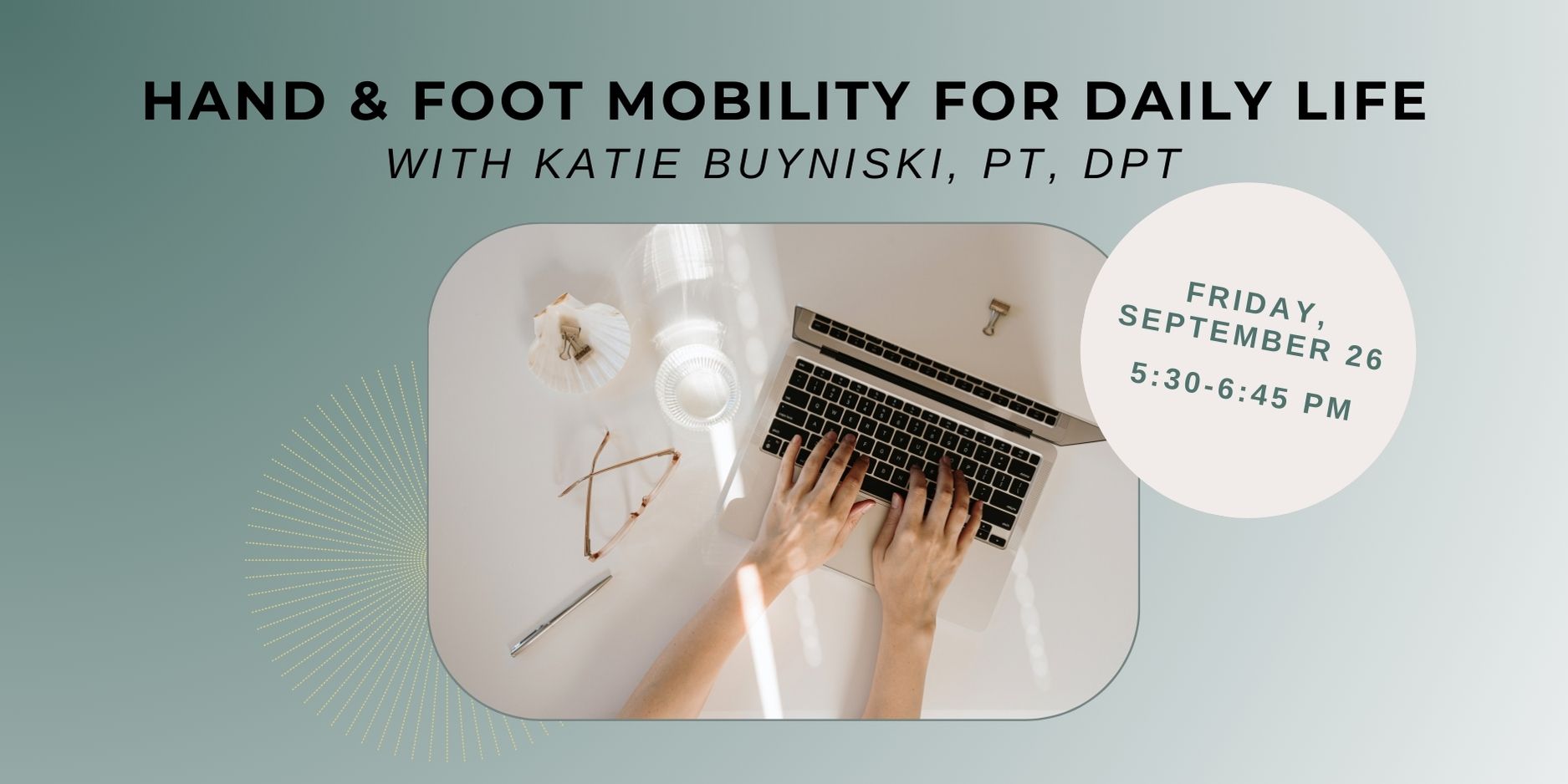
Join us on September 26, as Katie Buyniski, PT, DPT will guide you through gentle, effective practices to increase mobility, restore balance, and support long-term strength in your hands and feet. In Hand & Foot Mobility For Daily Life, you’ll explore exercises that release tightness and improve function so you can type, walk, grip, and move better. From hours at the keyboard to gripping weights to moving through daily life, tension and stiffness can build, limiting mobility and creating discomfort. This workshop is ideal for anyone who spends time at a desk, feels stiffness in their hands or feet, or wants to reconnect with their foundation of movement.



